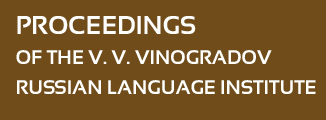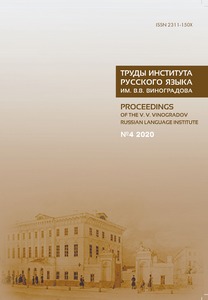PARALLEL PLOTS IN RUSSIAN AND ANGLO-AMERICAN LITERATURE: TOLSTOY / TROLLOP, CHEKHOV / O. HENRY AND OTHERS
Abstract:
The author follows the parallelism of plots of several pairs of literary works: Mark Twain’s “The Prince and the Pauper” and “Cinderella”; Tolstoy’s “Anna Karenina” and the novel “Can You Forgive Her?” by Trollope; O. Henry’s story “A Chaparral Prince” and Chekhov’s “Vanka”; Tolstoy’s “War and Peace” and the novel “An Infamous Army” by the English author Georgette Heyer, centered around the Waterloo battle. The parallelism may encompass characters of the two works corresponding to one another, plot devices, key details. What is essential is not the parallelism at the surface level: for example, the characters corresponding to one another can be of diff erent genders; or the protagonist dies in one of the parallel plots, and remains alive in the other. What is important is the structural and functional role of the elements of the plot. The author shares with the readers her discussion of these questions with Yuri Lotman.
Three possible cases of nascence of parallel plots are considered: conscious use of the structure of another author’s plot, when the author of a literary work wants to say a word of his own within the framework of someone else’s plot structure; unconscious use of that structure; and, finally, convergence of two independently created plots, when the very logic of the plot leads to parallelism of plot devices and some coincident details.


